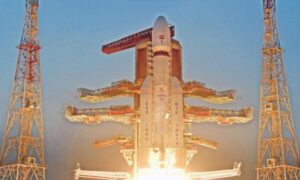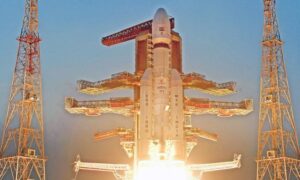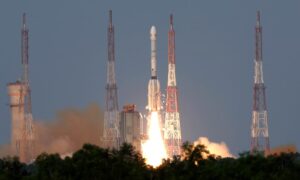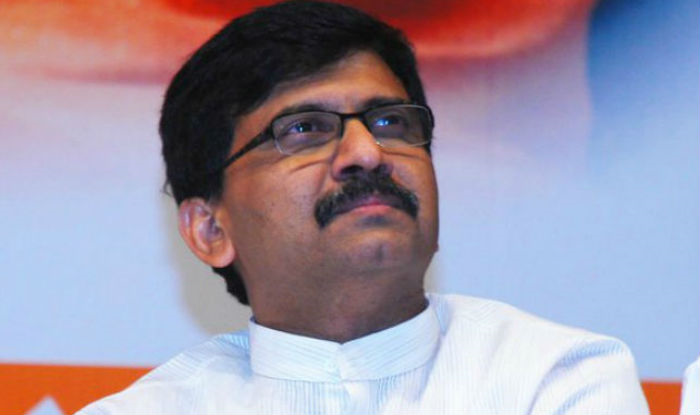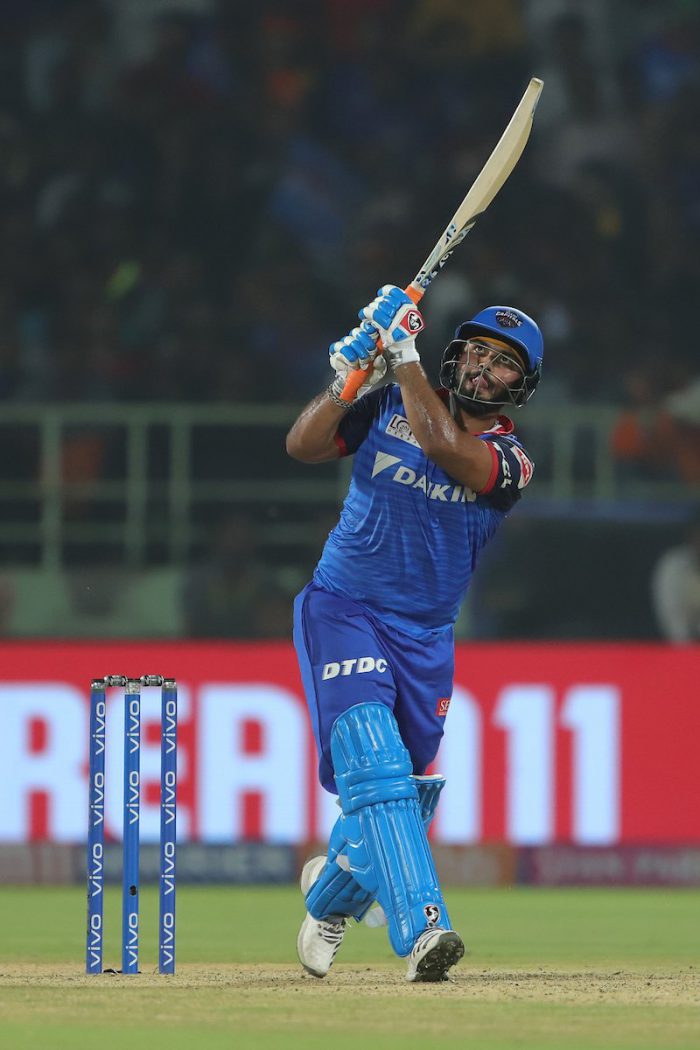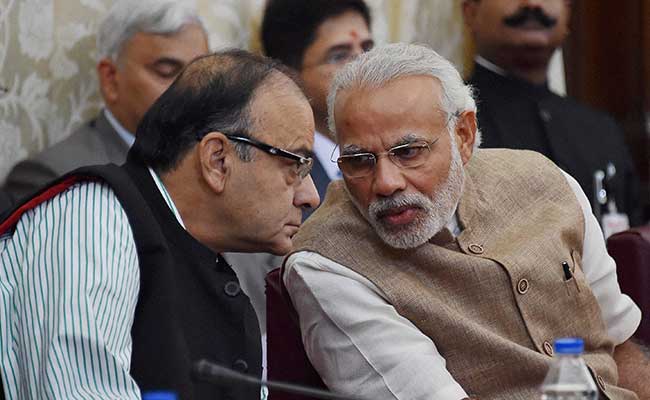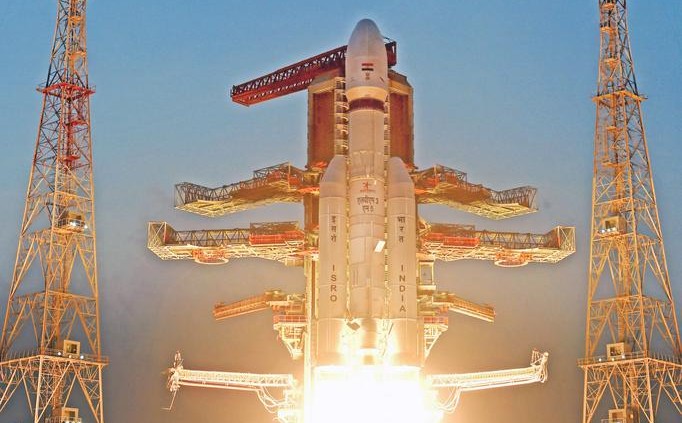
Picture : @isro/X
Indian Space Research Organisation scientists have carried out a new experiment on the indigenously developed C25 cryogenic stage of the LVM3-M5 rocket which successfully placed the Communication Satellite CMS-03 into the intended orbit , said its Chairman V Narayanan.
According to media reports, Addressing from the Mission Control Centre after the successful launch, Narayanan said the scientists had reignited the thrust chamber in the C25 cryogenic stage of the 43.5 metre tall rocket after reaching the desired orbit.
“I also would like to announce an important experiment that we have carried out. The indigenously developed C25 cryogenic stage for the first time, after successfully injecting into the orbit, we have successfully reignited the thrust chamber,” the Chairman said.
The reignition of the thrust chamber would allow scientists to inject multiple satellites into various orbits in future missions, he said.
“This is going to be a great experiment which would feed data for restarting the cryogenic stage for the future to enhance the mission flexibility towards injecting multiple satellites into various orbits using the Bahubali rocket LVM3,” he said.
The Mission Director of LVM3, T Victor Joseph, said the ISRO scientists have demonstrated the reignition of the cryogenic engine.
“Congratulations to each one of us. For the 8th successive successful mission of LVM3. And this time the vehicle has lifted the heaviest communication satellite from the Indian soil, the CMS-03 and injected it into the required orbit,” he said.


